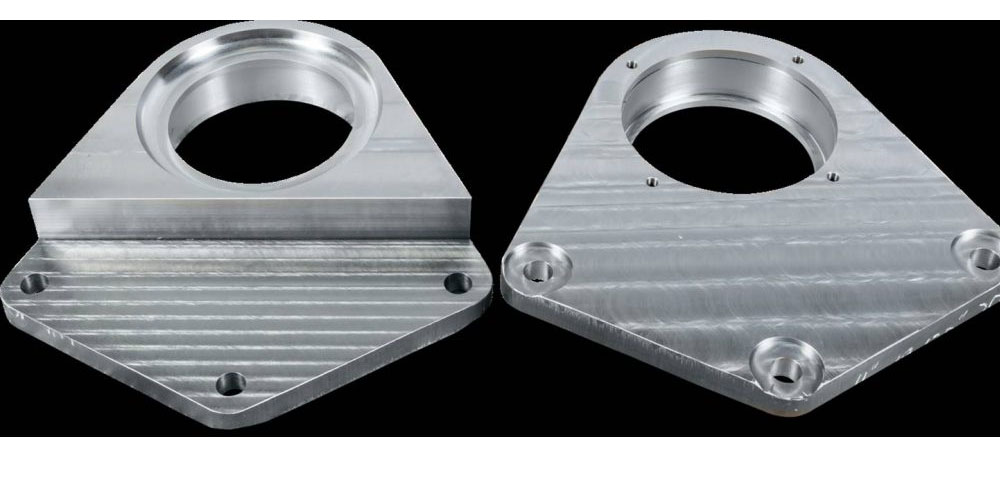CNC prototyping is crucial in the operation of most sectors of the economy. It is because of the high-quality parts produced. The machining service is especially significant in rapid production. One of the critical factors to consider while acquiring the prototyping service is cost. Therefore, if you want to outsource the prototyping services, it is crucial to understand the factors that impact the costs. Below are some of the most significant factors.
1. Part design in CNC prototyping
Generally, parts are either intricate or simple. Therefore, one of the crucial factors that impact prototyping cost is part design. Complex parts have complex geometry. Therefore, the more complex or intricate a part is, the more expensive it will be. The complex parts require complex machining for production to be accurate and efficient.
In contrast, simple parts have simple designs. The simple designs are easy and fast to make. Thus, one of the main factors determining your prototype cost is its design.
2. Type of material
CNC prototyping can use materials like stainless steel, plastic, aluminum, and so many more. The type of material you choose can impact the overall prototyping costs. It is because some materials are easier to machine than others. Furthermore, the various materials have different costs in the market. The higher the raw material cost, the more expensive the overall prototyping cost will be.
3. CNC prototyping country of choice
Different countries around the globe offer prototyping services. The various countries have different regulations. Thus, offer different prototyping costs. In countries like China, raw materials are available at very affordable prices. The low prices ensure that outsourcing prototyping services from China is much cheaper than in other countries.
4. Tolerance
Tolerance refers to the precision levels one needs for their prototype or part. Tolerances are among the critical determinant of prototyping costs. The tighter the tolerance you want for your part, the higher it will cost you. Even though CNC machining contributes significantly to precise parts, a high degree of precision is not necessary. But for those who want highly precise products, they will have to pay more. It is because high precision levels require more time.
5. Finishing in CNC prototyping
The type of finishing you require for your product is vital for pricing. There are different types of finishes available. Some of the most common include; adonized, bead blasted, powder coat, and several others. The finishing procedures ensure that your final product has various features. Some of the characteristics include functional properties, smoothness, gloss, and many others. If you choose multiple finishes for your part, it is bound to be more expensive than a single finishing.
6. Quantity
When it comes to CNC machining, economies of scale apply. It means that ordering a larger volume is cheaper than a single volume. It is because prototyping requires replicating the same procedure for all parts. Therefore, no need to prepare. Thus, larger volumes of production are much cheaper.
Conclusion
CNC prototyping is a necessity for almost all sectors. Therefore, if you wish to acquire the services, you must understand the factors that may impact the cost. The above are some of the primary factors that affect prototype or part production.


